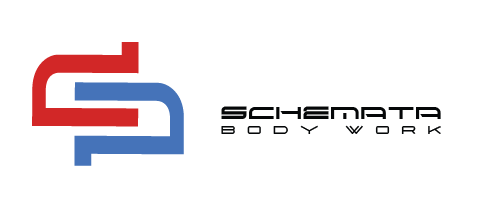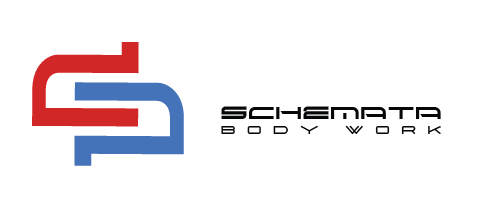How Long Does A Muscle Strain Last?
A Muscle Sprain Suffering? Here’s all about muscle strain and recovery time you need to know. To ensure you’re up and running soon understand some of the therapies for quicker recovery.
Muscle strain is a condition in which, due to strenuous exercise, a muscle is damaged. When participating in everyday activities or due to fast and rapid motion during sports, it is possible to place a strain on your muscles. A serious muscle strain can result in a tear in the muscle. In preparing your exercise schedule and routine, learning about the duration of muscle strain recovery and therapies for quicker recovery will help.
You are likely to strain any muscle which moves the bones. The recovery time of the muscle strain primarily depends on the type of muscle strained, the severity and the therapy obtained. The lumbar muscles, abdominal muscles, biceps muscles, hamstring muscles of the posterior thigh, triceps muscles, quadriceps muscles of the thigh, calf muscles, upper back muscles, muscles of the spine, and the intercostal muscles of the chest and oblique muscles are some of the muscles that are usually stressed.
The healing time depends on the injury’s seriousness. For a mild strain, with basic home treatment, you can be able to return to regular activities within three to six weeks. Recovery will take several months for more serious strains. Surgical repair and physical therapy may be required in serious cases.
So How Long Does A Muscle Strain Last?
How long a sprain lasts depends on the injury’s location and severity. In general signs of a moderate back strain improve within one to two weeks and go away within four to six weeks. It can’t. The good news is that back muscle strains usually heal with time, with most muscles healing within a few days, and almost all of them getting back to normal within 3 to 4 weeks. The large muscles in the lower back get good blood supply, ensuring the necessary nutrients and proteins for healing to be quick and less painful. The muscle strain recovery time in case of back muscles is few weeks, particularly when it is not associated with any severe pathology and is treated in time.ake up to 8 to 10 weeks or more to treat mild to severe strains in the legs. Symptoms of a serious (Grade III) strain can linger before surgical repair of the torn muscle.
What Can I do To Recover Quicker?
Most people fully recover with proper care. By taking action to stop having the same injury again you will increase your chances of recovery. Follow the advice of your doctor and do not indulge in strenuous physical exercise until you have healed your muscles.
Although the risk of muscle strain during athletic events is extremely high, you may also strain a muscle by raising a large carton or simply jumping off a curb.
There is some chance of muscle strains in almost all forms of physical activity, but these injuries tend to occur more commonly in contact sports such as football, and in sports that require fast starts, such as basketball and tennis.
Your doctor can recommend that you take acetaminophen (Tylenol et al.) or a nonsteroidal anti-inflammatory medication (NSAID), such as ibuprofen, to help alleviate muscle pain and swelling (Advil, Motrin and others). Prescription pain drugs or muscle relaxants may be suitable for anyone with a sore back strain that does not improve with NSAIDs or acetaminophen (Tylenol).
Your doctor may refer you to an orthopedic specialist if you have a serious Grade II or Grade III strain. The orthopedist can immobilize the damaged muscle in a cast for several weeks, or repair it surgically, depending on the degree and location of your muscle strain. Mild strains can heal on their own quickly, but a rehabilitation program may be needed for more serious strains.

